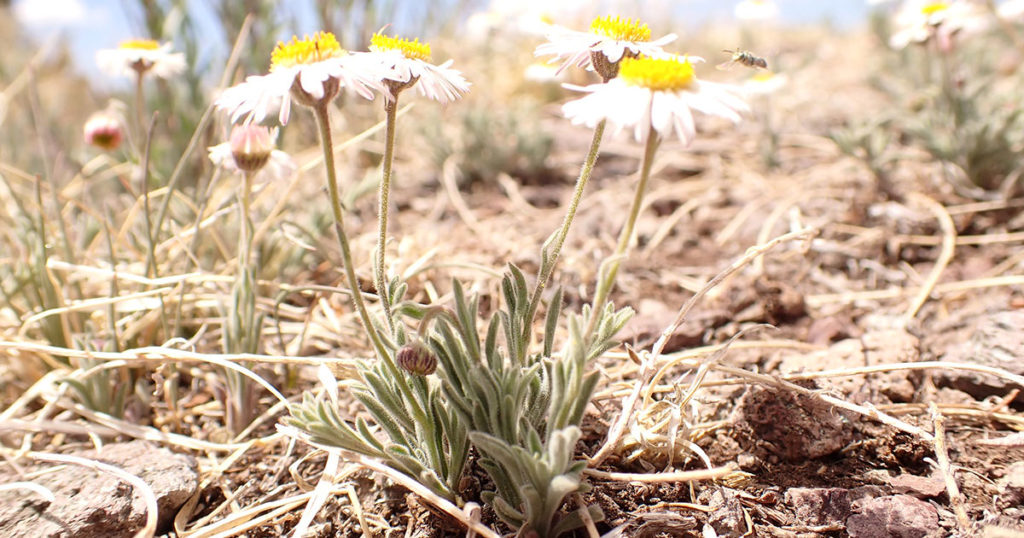
The hours spent in an airport, the hours waiting, shifting in one’s seat or shifting from one leg to another in line, the time taking a turn through the lounge, the studying of the flight information boards, the sighs and the shrugs. My brother’s partner hates the routine. Boring and wasted, in her mind, all those hours. I was the one about to embark on a long transatlantic voyage and she was expressing sympathy. “Vaya coñazo,” she said. What a drag. She said she’d tele-transport happily, or even board a plane without much dissatisfaction, if it took her directly to her destination. But the interminable changes and waits and lines—no, she could do without that. “Huh!” I said, because I don’t mind that part at all. I like it, I told her. I thought of the ARS song, “Georgia Rhythm.” “Sleepin’ in hotel rooms, rental cars and airport bars, And dog day afternoons.” For the singer, these inconveniences are evils to be borne for the exciting and fulfilling concerts he travels to give. But for me they encapsulate the experience of being unanchored from one’s life and from time. To be in limbo. They are desirable in themselves. I couldn’t begin to explain the attraction of it in Spanish. “Para gustos hay colores,” I said, falling back on the truism that there’s no accounting for taste, and she agreed.
The color that most struck me during my five weeks in the United States was green. With drought now the usual condition in the Four Corners area of southern Colorado, the amount of green in Durango was surprising. But when I drove south to visit my mother in Magdalena, New Mexico, my mouth dropped open. In all my visits to the area over the past 20-odd years, I had never seen so much green. Hazy green, purplish green, bright green in fields of yellow flowers, dull mossy green, gray green. Generous spring rains had brought out the first green, and a second round of rain in a long monsoon season explained the continued flourishing. The rabbits hopping along the streets of Magdalena in the early morning had actual cover to run to. And the Lady on the mountain showed up as never before. “Yes, yes, I see her!” I told my mother as we gazed toward the peak at the southern side of town and the patch of bare rock high up in the green foliage. She appears in profile against the mountainside, her hair up in a chignon. Why not braids, or loose hair blowing in the wind, I wondered. West of Durango lies the Sleeping Ute mountain, not the Sleeping Duke, and why the Lady should look like a Victorian lady instead of a native of the West, I don’t know. But she does, or Georgian: a cameo that might decorate the cover of a Jane Austen novel. I could almost make out the lace collar of her high-necked dress. But if she better suited her home, she wouldn’t be so striking. Instead she’d meld in as the rabbits did, morning after morning, until I was so accustomed to them I no longer stopped to look.
The rain was regular during my time in Magdalena, the green did not fade, but compared to the dense greens of Asturias, Magdalena’s green was hardly green. I got used to it. Though whether I got used to that much green or that little, I’m not sure. A Japanese saying has it that you tire of beauty in three days, and you get used to ugliness in three days. I was trying to be in limbo, used to nothing and tired of nothing. When that doesn’t work anymore, it’s time to go home. Where we expect to find the shade that suits us best.

